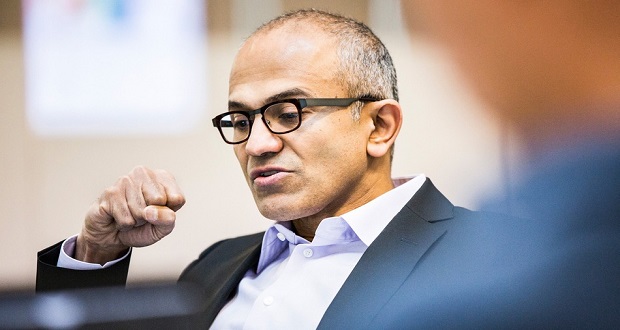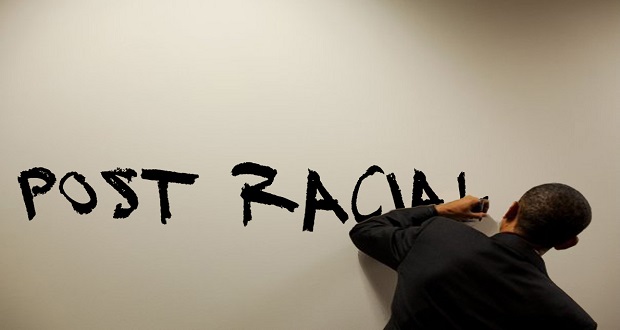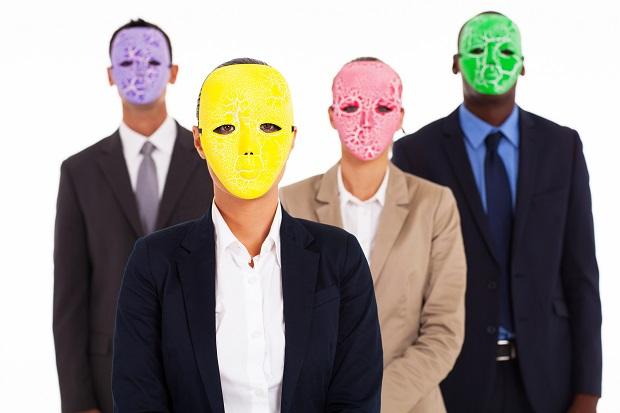
As a human being, I have always struggled with the concept of placing people into boxes with labels as a means of reinforcing ideologies of otherness or divisiveness, hierarchical superiority, and to justify ill treatment and violence toward people of color. While I self-identify as a Black Caribbean woman, I understand that this merely scratches the surface of who I am. I also understand that it is my way of appeasing society’s discomfort in embracing the multicultural and multidimensional nature of beautifully created human beings.
Yet, as a culturally diverse and dynamic woman who grew up on an island where people are predominantly Black, I am acutely aware of the benefit I yield from the sacrifices of my ancestors. Many of my African ancestors were packed in literal boxes within the bellows of ships when they were kidnapped and dropped off on a chain of islands during the “Middle Passage” transatlantic slave trade between Africa and the United States. And I live with the very limited knowledge and lived experiences of my white European heritage that has been traced back to France and Germany, which entails its own complex historical contexts. I recognize the significance that this combined ancestral and cultural heritage has had in shaping my self-identity and the cultural lens that I use to navigate my daily life within the U.S. and the U.S. Virgin Islands — as well as the ways that others perceive me.
According to the 2020 U.S. Census, there is a minimum of five race categories (American Indian or Alaska Native, Asian, Black or African American, Native Hawaiian or Other Pacific Islander, and White) and a minimum of two categories of data for ethnicity (Hispanic or Latino and Not Hispanic or Latino). How convenient! I have options to self-identify as Black or African American and Not Hispanic or Latino.
What is not so convenient is that while my racial lineage is better described as “two or more races” by the nature of my historical background, the “one drop rule”[i] that was prominent during the 70s —z my formative years — served as the catalyst for my parents to identify as Black in hopes that it would just be easier for me to navigate society. However, I benefited from a medley of rich Hispanic (Vieques, Puerto Rico), Caribbean (particularly Haiti and the West Indies), Crucian (people of St. Croix), U.S. Virgin Islander (a melting pot of various ethnicities with a historic Danish influence), and many other cultures that have lovingly nurtured me and fostered my ability to embrace and celebrate the individual and collective warmth of diversity in all its splendor. Further, the indigenous spirit and colonial history of St. Croix has hailed under seven flags: Spain, Holland, France, England, the Knights of Malta, Denmark, and now the U.S. since the early part of the 20th century.
This created (and I continue to bask in the essence of) a heritage potpourri, “or betta yet … a kallaloo dat is all ah we.” As a Crucian, my culture is steeped deep in diverse languages, architecture, food, music, lifestyles, and so much more. We stand proudly on the historical knowledge that our ancestors rebelled in July 1848, gaining their freedom. Admittedly and with a semblance of guilt, even though Black and Brown communities between the mainland and the U.S. Virgin Islands have some shared history, it was not until I lived on the U.S. mainland as an adult that I had a better understanding of the distinctions between our cultures and heritage. It took me being perceived as African American to broaden my knowledge and understanding of the over 400 years of slavery and oppression experienced by our Black/African American brothers and sisters on the U.S. mainland. Perceived as same, yet different, I was a glaring reflection of society’s limited knowledge or a lack of understanding regarding the diversity within the Black and Brown communities living and making significant contributions to build the U.S. While I am often perceived as African American, in other cases depending on the context, I’m often asked “Are you Hispanic (Latina)?” ¿Qué? … ¡No puedo!
The Arbitrary Nature of Race and Ethnicity
Being human means that we do not fit neatly into categorical boxes that are void of the cultural dimensions and lived nuances that are experienced between, amongst, and within racial and ethnic groups. Research has shown that race is “an arbitrary categorization to define phenotypical features or the observable, physical traits of a person such as their hair, eye, and skin color.”[ii]
As the U.S. minority-majority demographic shift evolves, tipping the scales by 2050, the observable, physical traits no longer fit “clearly defined” phenotypical features and, in many cases, will be very misleading. Further, according to National Geographic, ethnicity is a broader construct that not only factors racial factors, but also encompasses “national, tribal, religious, linguistic, or cultural origin or background.”[iii] As a researcher, I can appreciate the need to organize like-groups to make the distinction between and within groups from a scientific, quantitative perspective. And as a person that is part of various communities, I also have an acute understanding that the belonging or otherness that is experienced and often reinforced with the continued perpetuation of certain stereotypes is what keeps us separated — forced in or out of a particular category.
In an attempt to define the complex term “Black,” the 2023 World Population Review cites one rather controversial definition that classifies all humans as being of African descent: “Every person alive now, and every person who has ever lived is of African ancestry. The only question is the number of generations it’s been since a person’s ancestors left.”[iv] The U.S. Census offers another definition of Black or African American: “A person having origins in any of the Black racial groups of Africa,” which includes reported responses such as African American, Jamaican, Haitian, Nigerian, Ethiopian, or Somali. The category also includes groups such as Ghanaian, South African, Barbadian, Kenyan, Liberian, Bahamian, etc.”[v]
Therefore, while the former definition is very broad with the primary differentiator being the generational degrees of separation from Africa, the latter includes different geographical locations under one umbrella that ignores the regional migration and historical colonization that curated distinctly different ethnic, regional, and cultural experiences. It is for this reason that the Black community (like every other racial group) is not monolithic; the lived experiences of everyone within a racial and/or ethnic group has layers of cultural intersectionality that makes them multidimensional.
The Lived Experiences of Race and Ethnicity Are Uniquely Individual
As an avid tennis player, I am a Naomi Osaka fan — not only because I see aspects of me in her, but because I admired her calm demeanor when she eloquently responded to the backlash that had her “Black card” metaphorically revoked in 2021 when she decided to represent Japan instead of the U.S. “African American isn’t the only Black, you know?”[vi] stated Osaka. It was by no means a slight to our African American community, but a true distinction about the diversity within our community and a rejection of society’s insatiable need to put her, and everyone else, in a box.
Who better to understand the simplicity and gravity of that statement than someone who lives between the dissonance between self-identity and perceived identity? Osaka is the daughter of a Japanese mother and a Haitian father. As a Black (multiracial), global citizen representing Japan, she has used her platform to advocate for social justice and change around the world. More specifically, she supported the Black Lives Matter movement when she wore the seven masks representing Black lives lost at the hands of police brutality during the 2020 U.S. Open.
It was convenient (or inconvenient depending on how you look at it) that from a quantitative perspective, she could check some categorical boxes, but from a qualitative perspective that takes into a richer account her lived experiences, the challenge lies in placing labels on her identity within our multicultural, global society. Her unique lived experiences of race and ethnicity are individual. This is particularly evident in the way she operates as a public figure clear on who she is, where her racial, ethnic, and other cultural attributes lie, and how she continues to evolve as a human being.
In Conclusion
Along with demographic shifts, globalization and technological advancements blur geographical borders and expand opportunities for those of us interested in taking a deeper dive into the multidimensionality, intersectionality, and cultural nuances of racial and ethnic groups. Increasingly, we have the chance to learn about other experiences and embrace cultural diversity of many kinds.
Consider what racial and ethnic boxes you are being forced into. Peel back the layers of your multicultural dimensions, the intersectionalities that you navigate, as well as the privilege and power that are part of your lived experiences, shaping the way you identify as a person. Now, compare your own identity to how society perceives and treats you. Is there alignment and/or dissonance? These are the questions we must ask to truly begin to embrace the complexity and diversity of being oneself and living with others in a multicultural, global society.
[i] https://www.pbs.org/wgbh/pages/frontline/shows/jefferson/mixed/onedrop.html
[ii] https://www.genome.gov/genetics-glossary/Phenotype
[iii] https://www.nationalgeographic.com/culture/article/race-ethnicity#:~:text=Race%20is%20defined%20as%20%E2%80%9Ca,or%20cultural%20origin%20or%20background.%E2%80%9D
[iv] https://worldpopulationreview.com/economics/how-many-black-people-are-in-the-world
[v] https://www.census.gov/quickfacts/fact/note/US/RHI625221#:~:text=OMB%20requires%20five%20minimum%20categories,report%20more%20than%20one%20race.
[vi] https://www.newsweek.com/naomi-osaka-race-backlash-choosing-japan-black-card-revoked-1610709


















